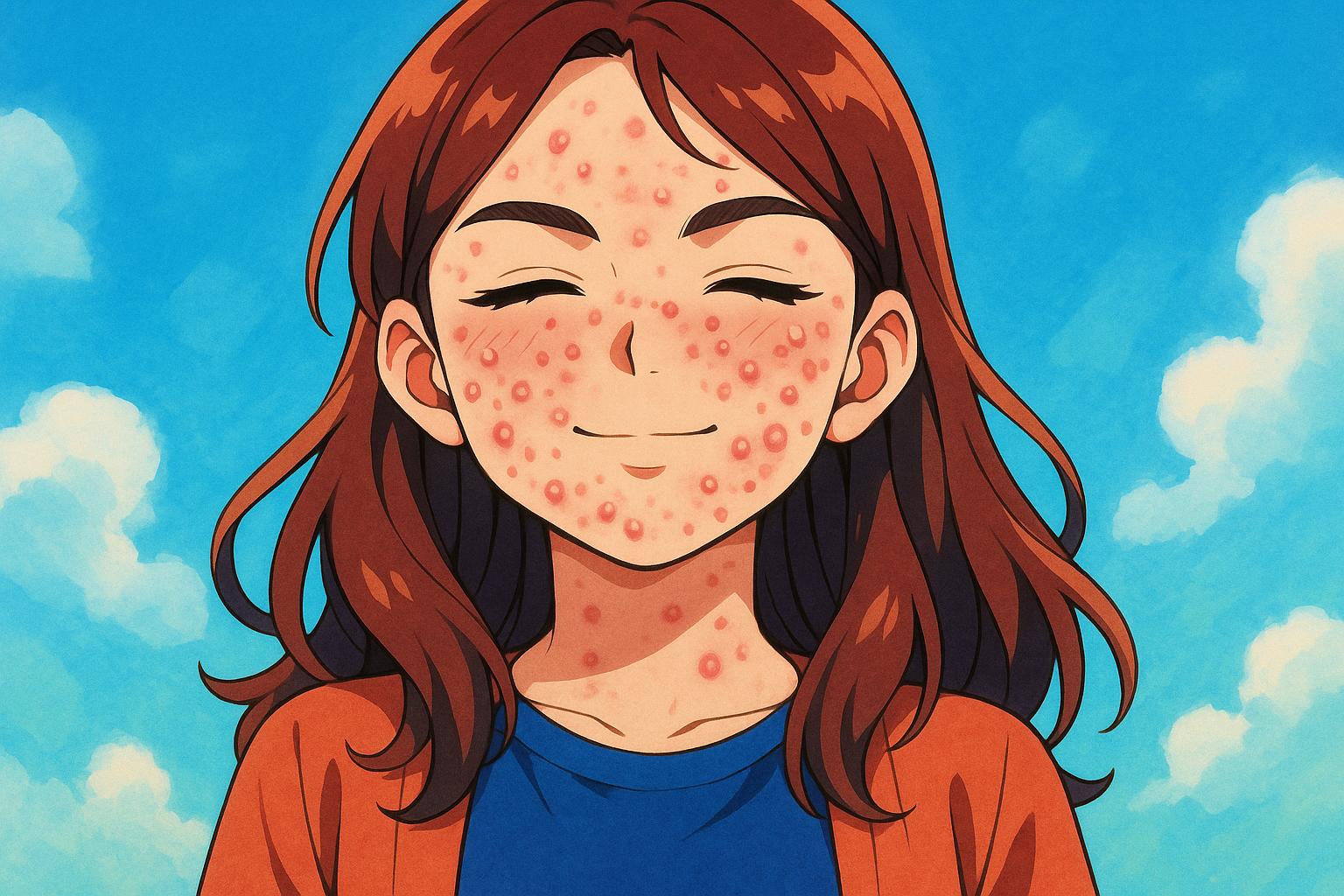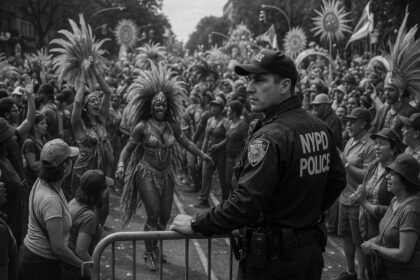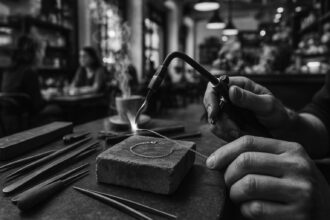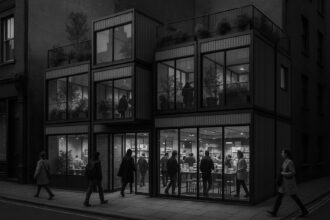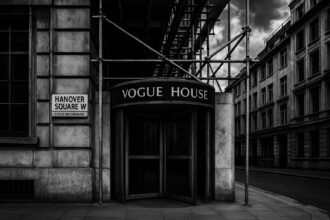A personal journey through teenage acne, societal pressures, and the realisation that embracing imperfections and authentic self-care are the true paths to beauty in a selfie-obsessed world.
Let’s rewind to puberty—a time when hormones wage war within us, turning our skin into a battlefield. For many, this period is dominated by the emergence of acne—an uninvited guest that appears with a vengeance, setting up camp on our faces and lingering far longer than welcome. The experience can feel akin to a perpetual slumber party gone awry, where self-esteem often takes a hit.
During my own teenage years, I experimented with countless remedies in an attempt to quell the onslaught of breakouts. I tried every cream imaginable, many of which had scents reminiscent of a chemistry lab’s dumpster. DIY face masks using oatmeal left me looking like a soggy cereal box, while a misguided attempt to cut bangs turned my forehead’s volcanic activity into a greasy crime scene, leaving me feeling more frustrated than fashionable. The arrival of birth control pills at 14 marginally improved my skin, yet did little to assuage my growing obsession with perceived flaws. Armed with a magnifying mirror, I scrutinised my face for imperfections, convinced that any blemish was a criminal act against beauty.
Fast forward to my late twenties, and a move to Europe altered the equation once again. The charming ambiance of the continent, with its rich food culture and notoriously hard water, did not bode well for my skin. Within weeks, it revolted, with angry red breakouts that seemed almost theatrical in their severity. Caught in the grips of despair, I turned to TikTok, trying out every trendy serum that promised a flawless complexion. Yet instead of achieving “glass skin,” my face resembled a ripe tomato post-battle. Dismayed and self-conscious, I limited social outings, donning wide-brimmed hats as a disguise.
It was during this tumultuous period that I turned to therapy. This pivotal dialogue led to a major realisation: my skin was not the villain in my story. It became clear that for years, I had engaged in a war against my body, driven by unrealistic expectations perpetuated by media and filtered images. In a moment of clarity, I stumbled upon old photographs of myself. The “hideous” teenage skin I had long loathed turned out to be a mere pimple—one tiny blemish amidst the memories of youthful exuberance. My past self had been misled by glossy magazine spreads and the digital fairy tales of social media.
Recognising this, I changed my approach. Not as an enemy, but rather as my skin’s ally. I learned to listen to my body, acknowledging its calls for hydration and rest rather than chastising it for its imperfections. Far from being an adversary, my skin was simply trying to alert me, navigating through life’s stressors and my inadequate self-care practices. With a newfound perspective, I began to embrace my skin’s complexities.
We know that acne is often attributed to hormonal changes during puberty, along with genetic and environmental factors. In fact, it’s a common experience for many. As noted in discussions surrounding skin health, the skin can be sensitive to lifestyle changes, requiring gentle care and effective treatment options, ranging from topical medications to prescription therapies designed for severe cases.
Acne may fade, but wrinkles are one inevitable reality of ageing that society often dismisses in a chase for perpetual youth. I have decided to welcome them instead. Each laugh line and crow’s foot tells a story—reminders of joy and experience. I envision myself at seventy, reminiscing over photographs, making a choice: to lament lost youth or to appreciate the laughter that etched those lines.
Ultimately, our skin tells a story of resilience—a chaotic collage of life’s battles and celebrations. The pursuit of “perfect skin” is a myth, a fabrication stirred up by market forces aimed at selling aspirational beauty. Real skin bears witness to our lives: it sweats, it ages, and it unravels in the face of stress. This authentic narrative is what makes our skin genuinely beautiful.
Moreover, the rise of self-proclaimed “skinfluencers,” often peddling miracle cures devoid of credible science, makes it all the more crucial to discern between effective skincare and mere marketing ploys. No $100 cream can obliterate self-doubt; the true glow-up arises from self-acceptance and kindness, along with an occasional guilty pleasure involving tacos.
Skin is a universal language, spoken across generations. It encompasses our shared struggles and triumphs, reminding us that imperfections are merely evidence of our humanity. Therefore, let’s embrace our differences, advocating for body positivity by normalising the conversation around skincare. Why not celebrate our experiences with unapologetic selfies and laughter at life’s absurdities? After all, if we don’t find joy in our shared experiences, we risk succumbing to a cycle of negativity.
 Reference Map:
Reference Map:
Source: Noah Wire Services
- https://www.meer.com/en/89889-skin-the-drama-the-trauma-and-the-self-love-arc – Please view link – unable to able to access data
- https://www.healthychildren.org/English/health-issues/conditions/skin/Pages/What-Causes-Acne.aspx – This article from HealthyChildren.org discusses the causes of acne, including hormonal changes during puberty, genetics, certain medications, and environmental factors. It also provides tips for preventing acne, such as washing the skin twice a day with a gentle cleanser, avoiding harsh scrubs, and not picking at pimples.
- https://www.apollo247.com/health-topics/acne/teenage-acne-causes-and-treatment – Apollo247.com offers an overview of teenage acne, detailing common types like whiteheads, blackheads, pimples, and cysts. The article outlines treatment options, including over-the-counter products containing benzoyl peroxide, salicylic acid, and retinoids, as well as prescription medications like topical and oral antibiotics, hormonal treatments, and isotretinoin for severe cases.
- https://www.childrenshospital.org/conditions/acne – Boston Children’s Hospital provides information on acne causes, including hormonal changes during puberty, genetics, and environmental factors. The article discusses various treatment options, such as over-the-counter products, prescription medications, and procedures like laser therapy and chemical peels, emphasizing the importance of consulting a dermatologist for severe cases.
- https://www.hopkinsmedicine.org/health/conditions-and-diseases/acne-in-children – Johns Hopkins Medicine explains that acne in children is often caused by hormonal changes during puberty, leading to increased oil production. The article covers treatment options, including topical medications like benzoyl peroxide, antibiotics, and retinoids, as well as oral medications such as antibiotics, isotretinoin, and hormonal treatments for girls.
- https://www.stlouischildrens.org/conditions-treatments/acne – St. Louis Children’s Hospital discusses acne diagnosis and treatment, highlighting the importance of gentle, regular skin care. Treatment options include non-prescription cleansers and creams, topical medications like benzoyl peroxide and retinoids, oral antibiotics, and isotretinoin for severe cases, with a focus on consulting a dermatologist for personalized care.
- https://www.nationwidechildrens.org/conditions/acne – Nationwide Children’s Hospital provides insights into acne causes, including hormonal changes during puberty, genetics, and environmental factors. The article outlines treatment options, such as over-the-counter products containing benzoyl peroxide and salicylic acid, oral medications like antibiotics and isotretinoin, and emphasizes the importance of patience and regular use of prescribed treatments.
Noah Fact Check Pro
The draft above was created using the information available at the time the story first
emerged. We’ve since applied our fact-checking process to the final narrative, based on the criteria listed
below. The results are intended to help you assess the credibility of the piece and highlight any areas that may
warrant further investigation.
Freshness check
Score:
10
Notes:
The narrative was published on 5 June 2025, indicating high freshness. No evidence of prior publication or recycling was found. The article appears to be original content.
Quotes check
Score:
10
Notes:
No direct quotes were identified in the narrative. The content is written in a personal, anecdotal style, suggesting originality.
Source reliability
Score:
7
Notes:
The narrative is published on Meer, a platform that appears to be a personal blog or magazine. While it offers personal insights, the platform’s credibility is not well-established, which may affect the reliability of the information presented.
Plausability check
Score:
8
Notes:
The narrative presents a personal account of skin issues and self-acceptance, which is plausible and relatable. However, the informal tone and lack of external verification may raise questions about the accuracy of specific claims.
Overall assessment
Verdict (FAIL, OPEN, PASS): OPEN
Confidence (LOW, MEDIUM, HIGH): MEDIUM
Summary:
The narrative is a recent, original personal account published on Meer, a platform with limited credibility. While the content is plausible and relatable, the lack of direct quotes and external verification, combined with the platform’s uncertain reliability, necessitate cautious consideration.


